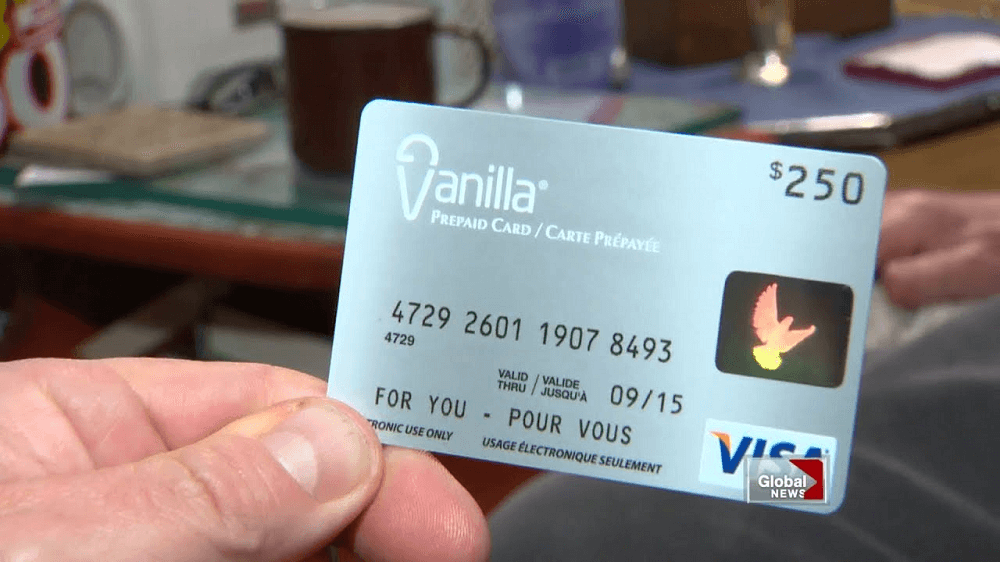Whether you’re shopping for a new card or getting a handle on an existing one, here are the key terms you need to know to manage your credit cards.
APR – Annual percentage rate
The APR, or annual percentage rate, is the way to compare how much loans cost. It lets you compare the cost of loan products on an “apples-to-apples” basis. Your credit card company must disclose the APR before you agree to the use the card.
To calculate the APR, the interest rate and fees are compared to the amount you borrow and calculated over a one-year period. This allows you to compare the costs of a credit card to a six-month installment loan. It is also why APRs are often different from simple interest rates.
Balance transfer
A balance transfer lets you move an outstanding balance from one credit card to another, sometimes for a fee. The fee normally is a fixed amount or a certain percentage of the amount you transfer.
Credit card companies may offer zero-percent or low-interest balance transfers – for a limited time – to invite you to consolidate your debt on one credit card.
After that, the interest rate on your new credit card may rise, increasing your payment amount.
Credit balance
A credit balance is an amount that the card issuer owes you.
Each time you make a payment, credits are added to your account. It may also be added when you return something you bought with a credit card or because of rewards you have earned or a mistake in a prior bill. When the total of the credits exceeds the amount you owe, your statement shows a credit balance.
Credit card interest rate
A credit card’s interest rate is the price paid for borrowing money.
Daily periodic rate
Some card issuers calculate interest on the account using a daily periodic interest rate, which is used to calculate interest.
Grace period
A grace period is the period between the end of a billing cycle and the date your payment is due. During this time, you may not be charged interest as long as you pay your balance in full by the due date.
Interest rate
A credit card’s interest rate is the price paid for borrowing money. Interest rates are typically stated as a yearly rate, the annual percentage rate (APR). On most cards, you can avoid paying interest on purchases if you pay your balance in full each month by the due date.
Prescreened credit card offer
A prescreened credit card offer is when credit card companies use information from credit reporting companies to make firm offers of credit to you, if your credit history meets the criteria selected by the card company.
Unauthorized use
Generally, unauthorized use is the use of a credit card by a person who does not have the right to use the card.
You may also like
Opening an online bank account
Opening a bank online account is a very simple procedure that can be carried out directly from your home: all you need is a home Internet connection or access to the Internet even from mobile phones, in hotspot mode. Given that there are numerous proposals available on the net, some of which belong to 100%… Continua a leggere Opening an online bank account
Cashback credit cards: how do they work?
Cashback credit cards are payment cards that offer cash rewards for spending. Cashback does not mean receiving the amount in coins or bills, but it does mean having more dollars in cash, as a credit that reduces your account balance.
Getting personal loans during COVID-19 crisis
As the pandemic continues its run, many lenders are struggling with difficult loan management. While some banks seem to have taken a more restrictive direction, raising the requirements for the granting of personal loans, others seem to have understood the financial difficulties of consumers by granting small-dollar loans at very affordable rates.
A guide to Savings account to save money in cash
We aim to help you to be confident in making financial decisions. Choosing the right savings account is surprisingly simple!
